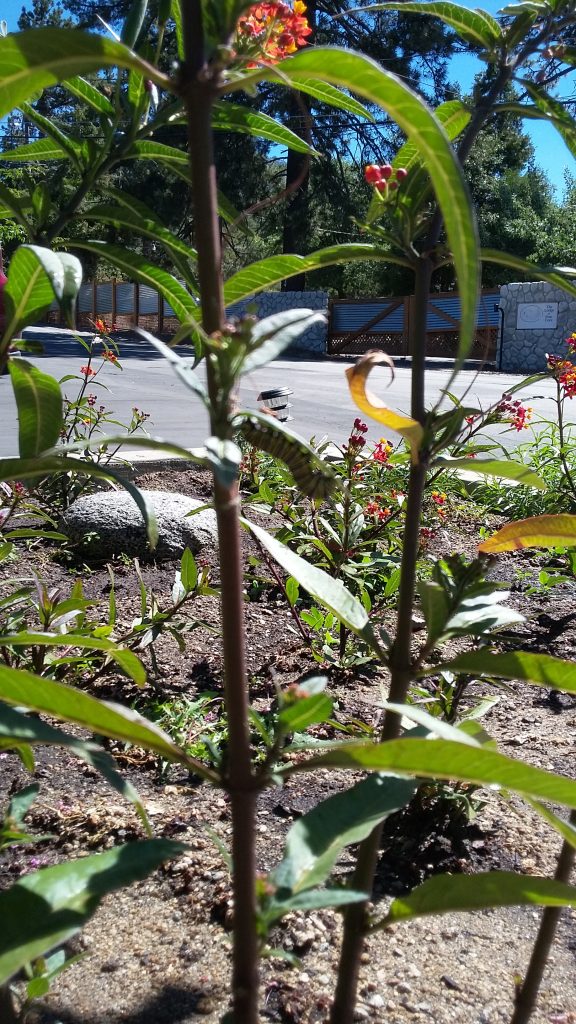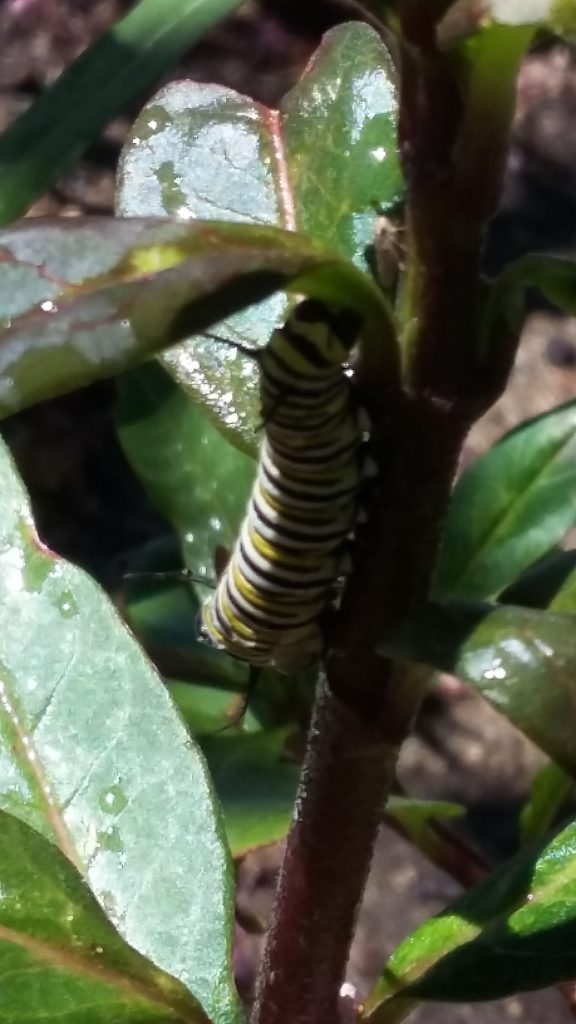Are you Prepared? (Part 2)
In addition to the Basic Emergency Evacuation Kit mentioned in last week’s post, here are more items that can be added based on your individual needs.
Additional Emergency Supplies:
- Soap, hand sanitizer, disinfecting wipes, etc.
- Non-prescription medications such as pain relievers, anti-diarrhea medication, antacids or laxatives
- Prescription eyeglasses and contact lens solution
- Infant formula, bottles, diapers, wipes and diaper rash cream
- Pet food and extra water for your pet
- Fire extinguisher
- Matches in a waterproof container
- Feminine supplies and personal hygiene items
- Mess kits, paper cups, plates, paper towels, and plastic utensils
- Paper and pencil
- Books, games, puzzles or other activities for children
Maintaining Your Kit:
After assembling your kit, remember to maintain it so it’s ready when needed:
- Keep canned food in a cool, dry place
- Store boxed food in tightly closed plastic or metal containers
- Replace expired items as needed
- Re-think your needs every 6-months to a year and update your kit as needs change
Kit Storage Locations:
Since you do not know where you will be when an emergency occurs, prepare supplies for your home, work, and vehicles.
- Home: Keep in a designated place and have it ready in case you need to leave quickly. Make sure all family members know where it is.
- Work: Be prepared to shelter at work for at least 24 hours. Your work kit should at least include food, water, medications, comfortable walking shoes in a “grab and go” case.
- Car: In case you are stranded, keep a kit of emergency supplies in your car
As mentioned before:
Talk to your family and friends, make a plan! Decide where to meet, where to stay, where you are going. If you have pets or seniors to consider, plan ahead for them as well and have specific prepared go bags. If you do not have a car, make a plan ahead of time… ask a friend or a neighbor if you can ride off the hill with them if needed. If you have a car, keep 1/2 tank of gas in it at all times. If the power goes out, the stations may not be able to pump gas unless they have a generator and even then they may only be able to take cash payments.
Remember, in case of an emergency the number one priority is safety first. Proper advanced preparations can ease the stress of evacuation and help you make sure all the necessities are not left behind or forgotten.
You can get more detailed information at https://www.ready.gov/kit
Posted in: Around the District, Community, Emergencies, Fire
Leave a Comment (0) →






